Originally published in Track & Signal April-June 2016. Written by John Anderson, Chairman at ACRI.
Investment in research and development is highly risky. Start-up technology companies have a high failure rate. Larger companies are often concerned that the long lead times for investment to bear fruit – if they bear fruit at all – mean that other short-term investment opportunities using existing technology might be lost. Medium and smaller businesses often think that research and development are beyond them.
This might help explain a poor research-and-development (R&D) effort in Australia or in any other country.
But despite the risks of R&D spending, there is an even greater risk, collectively, for any nation if it does not do enough research and development. In that case it becomes a certainty that it will fall behind other comparable countries and that its business and people will be worse off.
Unfortunately, in recent times this has been where Australia has been headed.
Government spending on R&D as a portion of total government spending is at a 30-year low. Among the 20 OECD countries, Australia’s total spending on R&D is third-last. New Zealand is sixth-last. Australia spends about two-thirds the OECD average. We may be good at producing ideas but we have a particularly poor record at moving ideas to industry and the marketplace.
That being the case, the Australian Government’s recent $1 billion National Innovation and Science Agenda has been most welcome. In addition, from a rail perspective, the release in February of Infrastructure Australia’s 15-year plan has been equally welcome.
We need long-term thinking for the best results.
The Australasian Centre for Rail Innovation (ACRI) has been especially interested in the Prime Minister’s innovation statement. Since its inception in July 2014 – and well before the innovation statement was even considered – ACRI had been taking measures to improve the application of research, innovation and economic and strategic analysis to the rail industry and transport more generally in Australia and NZ.
Collaboration with industry, governments, academia and similar overseas bodies to ours has been a critical part of this effort. ACRI has already signed agreements with bodies in the United States (the Federal Railroad Administration) and the United Kingdom (the Rail Safety and Standards Board) committing us to share knowledge and ideas and develop a dialogue for the betterment of rail.
ACRI will share access to research outcomes with these bodies to the extent intellectual property rights allow. This will prevent duplication and will enable each country to build on each other’s work, especially in the areas of level crossing safety, track, rolling stock, train-control engineering and human-factors science.
It is an answer to the question: “Why should smaller nations bother with research, innovation and development when they are eclipsed by the work of other nations?” The answer is that it gets you a foot in the door internationally and you get access to a great deal of work provided you put in some of your own effort. NZ and Australia joining together in the Australasian Centre for Rail Innovation is a good example.
ACRI has also helped bolster co-operation with and between industry. ACRI’s industry participants can individually or with other participants initiate research projects for their particular benefit as well as for the benefit of the industry broadly.
Another innovation blockage that Infrastructure Australia’s 15-year plan may help address is the difficulty of applying new research to projects already under way. Sometimes, contracts and planning commitments make this difficult.
For example, the Inland Rail project – which is a large project with a fairly long time frame – should benefit from any worthwhile innovation developed after the project begins.
With the innovation statement, Infrastructure Australia’s 15-year plan, and government and industry commitments to Inland Rail, I might be forgiven for borrowing a phrase from Prime Minister Malcolm Turnbull and saying “There has never been a more exciting time to be in the rail industry in Australia”.
